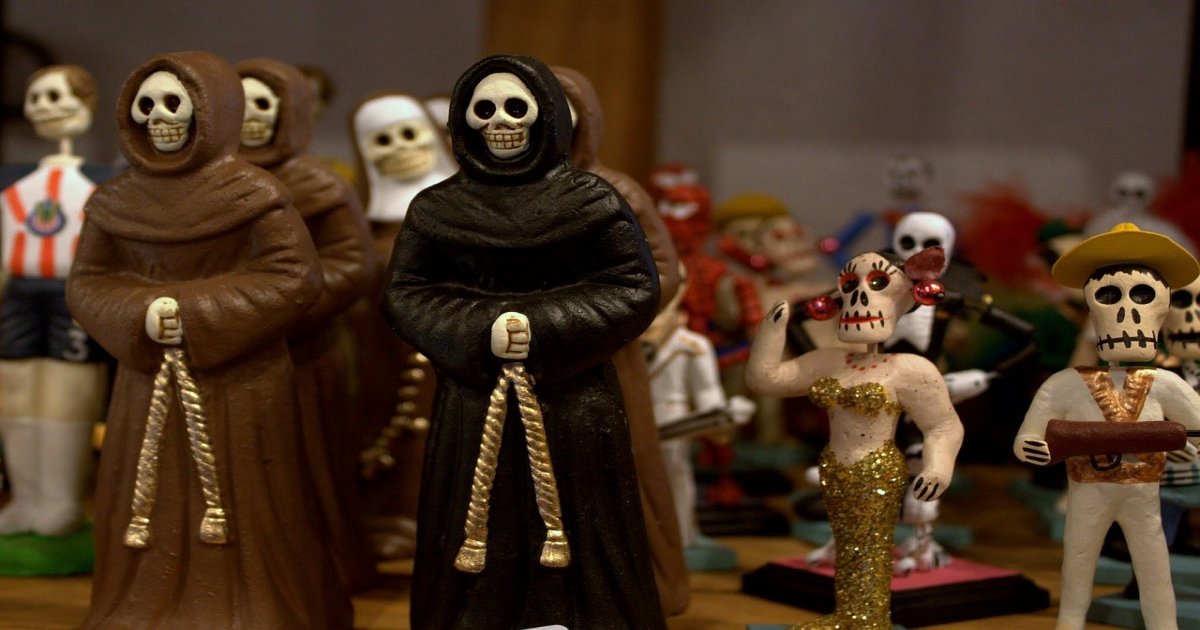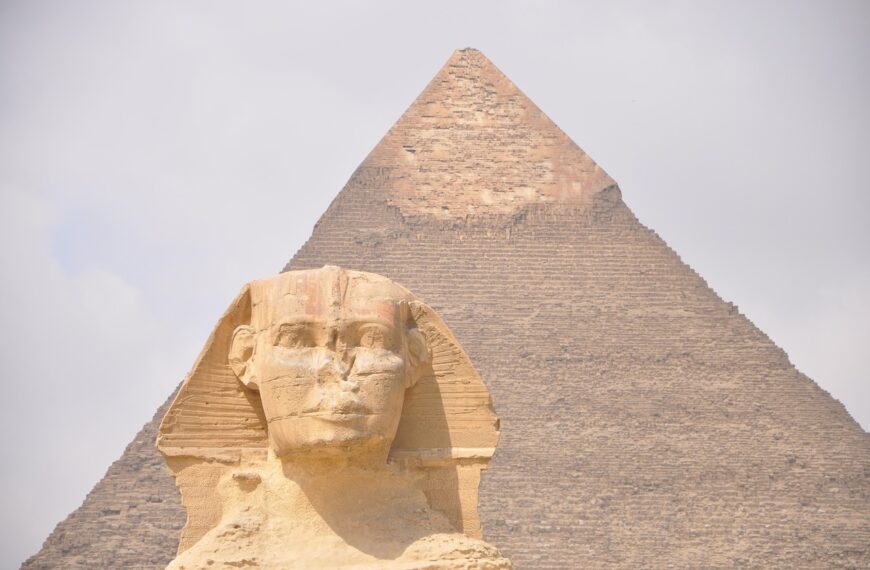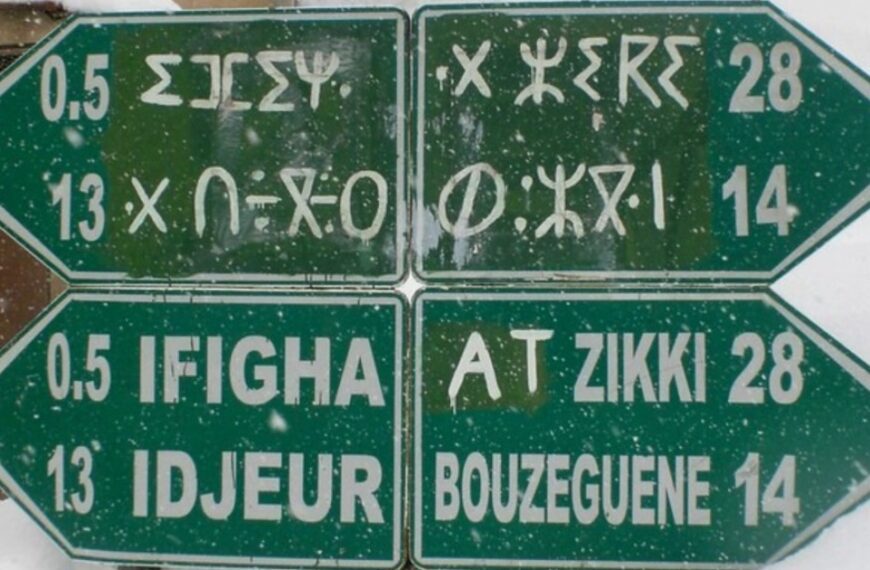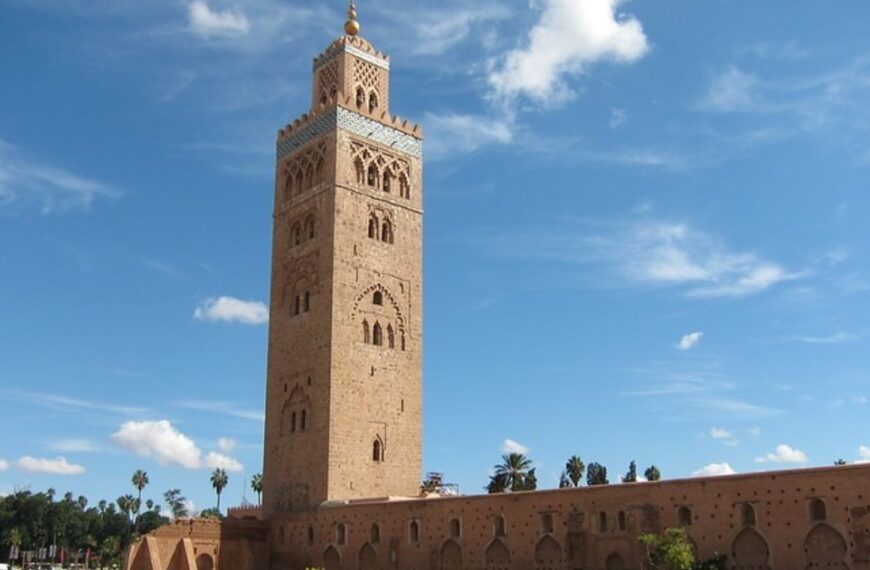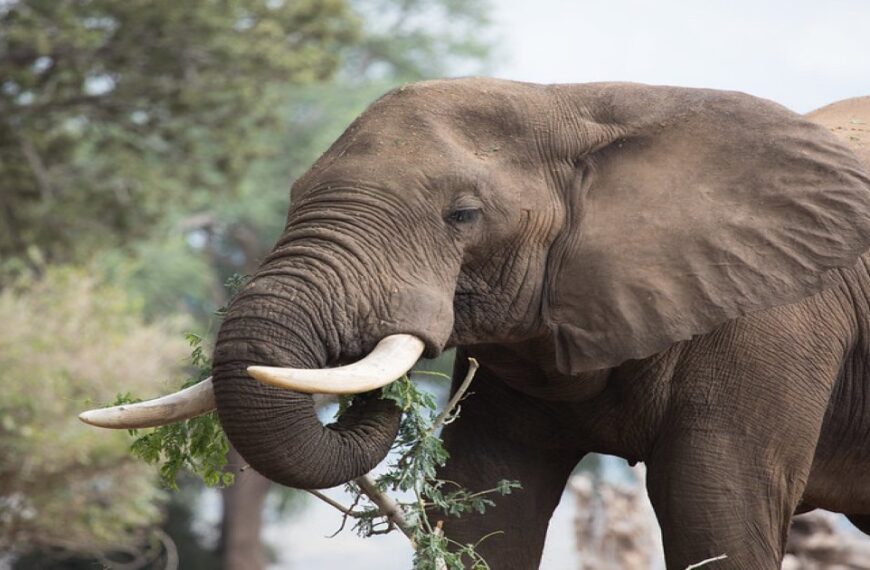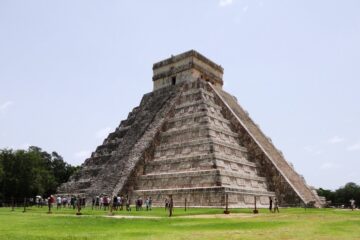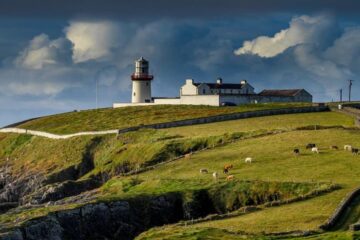A hymn to life: this is the deepest meaning of Día de los Muertos, one of the most heartfelt and anticipated celebrations throughout Mexico. In the days around November 1 and 2, towns and villages are filled with color, parades, and events. Cemeteries are colored with the yellow and orange of cempasúchil, the typical flowers of this holiday, and the streets are invaded by stalls. Families gather at the graves of loved ones, surrounding them with altars, the altares de los muertos, and decorating them with ofrendas, offerings to the deceased that also include the foods they preferred when they were alive. All this is done to remember and celebrate family members and loved ones who are gone and to celebrate the beauty of life.
Where to celebrate Día de los Muertos in Mexico
Day of the Dead celebrations are heartfelt throughout the country, but there are some areas of Mexico where the festivities are particularly colorful and folkloric and still keep intact all the traditions of this holiday, which has also been an intangible cultural heritage of humanity since 2008.
Mexico City
In Mexico City (or DF, Districto Federal) the parades are incredible. In the streets parade floats with a thousand decorations, skulls, giant skeletons, incredible Catrina (the lady of death), people dress up in bright colors and paint their faces; happy songs and music resound everywhere. It is worth being here even in the days before the actual festivities to already breathe in the magical atmosphere of this period.
Oaxaca
In Oaxaca, comparsas (singing groups) play all day long and locals set up the Plaza de la Muerte (the square of death) where artisans display products created especially for Día de los Muertos: calaveras (typical Mexican skulls) can be found in practically every stall-even in edible versions, such as sweets or candy.
Read also: The great mosque of Kairouan, Tunisia
Yucatan Peninsula
On the Yucatan Peninsula, the place to be during Día de los Muertos is Merida, where the celebrations are called Hanal Pixan (“feast for the souls”). Here families prepare a special dish of chicken and banana leaves that is enjoyed by both the dead and the living.
Pátzcuaro
One of the most exciting celebrations is held in the Pátzcuaro area. At Janitzio Island in Lake Pátzcuaro, there is a nighttime procession in which families carry floating candles near the lake and then let them be carried out to sea by the current. Seeing the lake at night illuminated by the faint light of the candles is one of the most powerful emotions one can experience in Mexico during these festive days.
Read also: Public transportation in Dublin, how to use it?
Fun facts about Día de los Muertos
1. The origins of Día de los Muertos
Día de los Muertos has ancient origins: this holiday dates back to the time of the Aztecs, who believed that death was a natural phase of life. In fact, the deceased were still considered members of the community! Despite European colonization and the arrival of Christianity, this cult has remained virtually unchanged over the centuries and even today the concept of life and death has remained the same.
2. Meaning
During Día de los Muertos the focus of the festivities is to celebrate life, reminding us of the importance of living in the present; death is nothing more than the continuation of life, a rite of passage, and should not be feared, rather it should be faced with a smile. A philosophy of life that has much to teach and should be understood and welcomed in all its beauty.
3. Día de los Muertos is not Halloween
During Día de los Muertos, spirits are eagerly awaited and joyfully welcomed because they do not return to their loved ones until November 2; they are therefore benevolent and not synonymous with fear. The American tradition of Halloween, in contrast, derives from the idea that spirits are evil, and October 31 is a dark night where terror is celebrated. This could not be further from the Mexican holiday!
4. Cemeteries are the focus of the holiday.
In some communities, such as the villages near Lake Pátzcuaro, it is normal to spend the entire night in the cemetery, at the grave of loved ones. Put like that, it sounds like a sad and somewhat macabre experience, but remembering the philosophy behind this festival this way of celebrating takes on a whole other meaning! Graves are decorated with flowers and altars, we all dine together, sing and celebrate all night long, waiting for the arrival of the souls of the dead.
Graves decorated with cempasúchil, the typical flowers
5. Día de los Muertos is a time of sharing
This holiday is a time of extreme sharing for all the Mexican people. In fact, families not only reunite with their deceased loved ones but also with each other, pouring into the plazas and streets, festively dressed and with their faces painted to resemble skulls.
6. We are all skeletons
The quintessential symbol of Día de los Muertos is the skull (calavera) that has a very specific meaning. They serve as a reminder to celebrate our life and mortality and to live every moment of our existence to the fullest because after all, “Todos somos calaveras”: we are all skeletons.
The most famous skeleton of Día de los Muertos is definitely the Calavera Catrina, the Lady of Death, created by cartoonist Jose Posada as a provocation and satire for Mexicans who were trying to imitate Europeans; today it is one of the favorite masks for women during the holidays.
Read also: Tanzanian Language: Everything You Need to Know
7. The ofrendas for the dead
In cemeteries, graves are surrounded by altares de los muertos, small altars that represent a kind of gateway between life and death and are meant to attract the dead: families bring ofrendas, offerings for the deceased-usually the favorite food of loved ones when they were alive, perfect for welcoming them back to Earth and enticing them to return, if only for one night!
8. Delicacies of the dead
Like any self-respecting holiday, Día de los Muertos also brings with it many culinary delicacies, especially sweets and candies. Pan de Muertos, the bread of the dead, is a sweet bread flavored with orange blossoms, while sugar skulls can be found at all the stalls for you to sample.

